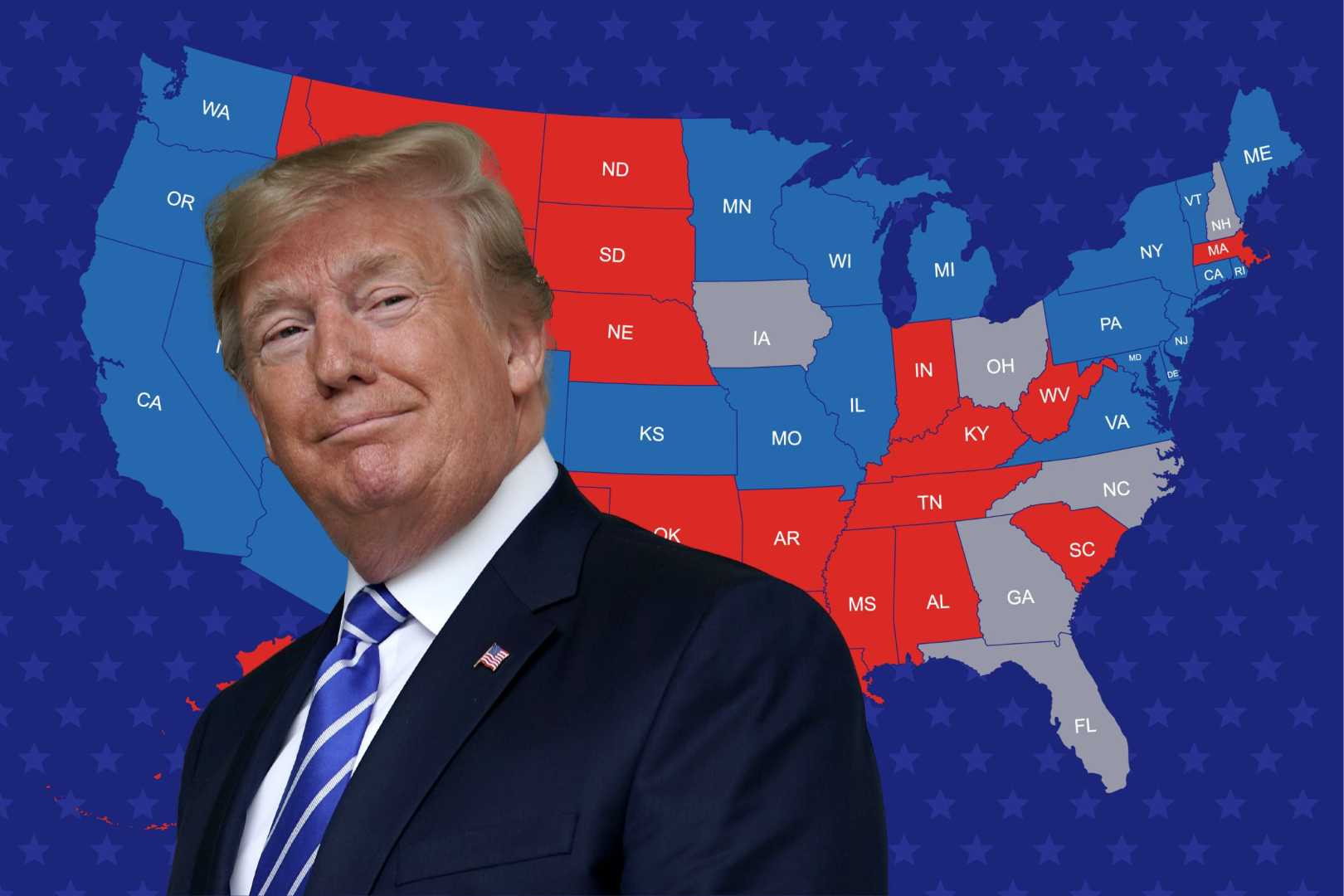Politics
Tight Race in U.S. 2024 Presidential Election Forecasted

As the 2024 U.S. presidential election approaches, polls indicate a highly competitive race, with a slim advantage leaning towards former President Donald Trump. A recent forecast gave Trump a 52-in-100 chance of victory, while Vice President Kamala Harris holds a 48-in-100 chance of winning, demonstrating the narrow margin and unpredictability of the outcome.
The current closeness in the forecast stems from tight polls in key swing states such as Arizona, Georgia, Michigan, Nevada, North Carolina, Pennsylvania, and Wisconsin, where the difference between Trump and Harris is negligible, averaging 2 percentage points or less. This situation mirrors historical precedents, showcasing tighter margins than elections in 2016 and 2020 when Trump faced Hillary Clinton and Joe Biden respectively. To secure a majority of electoral votes, the model predicts Harris might need to win the national popular vote by approximately 2 percentage points.
Recent surveys further affirm the competitive nature of the race. For instance, an unnamed reputable poll conducted from October 4-8 reported Harris leading by a mere 2 points nationally. Other polls have placed Harris ahead by varying margins, with additional studies occasionally showing Trump in the lead. These findings highlight the stability and stagnancy in national polls since August, evidencing little shift in voter preference.
However, contrasting trends emerge from state polls, where Harris has reportedly lost ground across all seven swing states compared to earlier in the month, influencing her declining chances in predictive models. The Electoral College’s likely Republican bias and a potential margin of error in polling further contribute to the uncertainty of the expected outcome.
Questions have arisen regarding potential partisan bias in polling data. In recent weeks, 23 out of 121 polls in swing states were conducted by Republican-aligned organizations, while only four were from Democratic entities, and the majority were nonpartisan. In response, analysts have adjusted for potential biases to ensure transparency and accuracy in the averages reported by platforms like FiveThirtyEight. These adjustments, such as the house effects model, have proven effective, affecting results minimally and maintaining credibility amid scrutiny.
Polling averages frequently only shift marginally, highlighting the inherent small variances in day-to-day analysis. While pollsters might have differing methodological nuances, alterations in reported averages remain minor. Even removing potential partisan influences reveals negligible systematic bias in forecasts, thereby solidifying confidence in poll data fidelity.
Looking ahead, the forecast is sensitive to any late shifts in voter behavior. Historically, polls have seen shifts towards Trump in the final weeks of past elections. The current stability may change quickly as Election Day nears, with both Harris and Trump still possessing plausible paths to victory.












